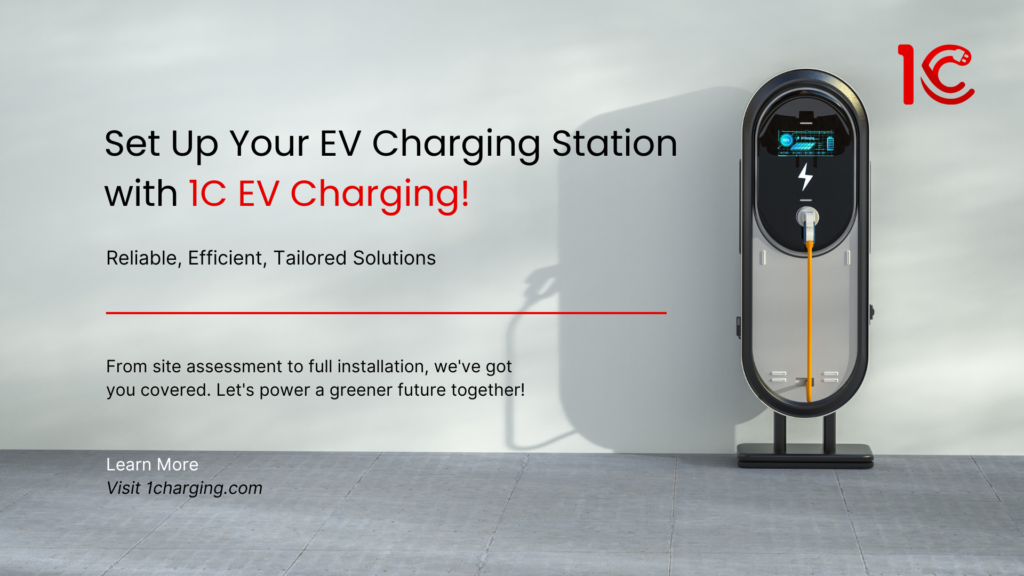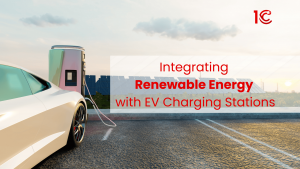Transportation has always been a cornerstone of human civilization. From horse-drawn carts to today’s electric vehicles (EVs), the evolution of transport reflects technological advances, societal shifts, and a growing focus on sustainability. This journey spans centuries, yet each leap forward has reshaped the way people move and connect. Understanding this evolution not only gives us a glimpse into the past but also points to the future of sustainable mobility.
Table of Contents
The Horse Cart Era: The Original Mode of Transport
Long before the hum of engines and the buzz of electric motors, transportation relied on horse-drawn carts. As early as 3000 B.C. in Mesopotamia, these carts revolutionized travel and trade, enabling people to transport goods and travel farther than ever before. For centuries, the horse cart was the pinnacle of mobility, not only in ancient societies but across the world.

Though eco-friendly in nature, horse-drawn carts were limited by their speed, stamina, and capacity. The constraints of animal power also meant travel distances were restricted, and routes were long and arduous. Nevertheless, for a long time, this was the best form of transportation available—until the industrial revolution would change everything.
The Birth of the Automobile: A Major Transformation
In 1886, Karl Benz introduced the world to the first gasoline-powered automobile, sparking the birth of modern personal transport. This invention was a game-changer, providing an alternative to animal-driven carts. By 1914, over 1.2 million cars had been registered in the United States alone, transforming cities, economies, and lifestyles.

However, with progress came challenges. While automobiles brought unprecedented convenience, they also contributed to increased urban congestion, pollution, and environmental degradation. The combustion engine’s dependence on fossil fuels became a significant issue, especially as cars became more accessible and their numbers skyrocketed.
The Shift Towards Greener Alternatives
The rise of cars also spurred the search for cleaner, more sustainable alternatives. The Toyota Prius, launched in 1997, became the world’s first mass-produced hybrid vehicle, signaling the start of a new chapter in green transportation. Combining both gasoline and electric power, hybrid vehicles aimed to reduce emissions while maintaining performance.

This was just the beginning. As awareness of climate change grew, so did the call for more environmentally friendly transportation options. In 2021, global sales of electric vehicles surged by 63%, with more than 6 million EVs on the road. This shift not only highlights the growing demand for green mobility but also represents a significant reduction in greenhouse gas emissions. Studies show that electric vehicles can reduce emissions by up to 50% compared to traditional internal combustion engine vehicles.
The Rise of Electric Vehicles (EVs)
Fast forward to 2024, and electric vehicles have made a remarkable impact. Today, 1 in every 10 cars sold globally is electric, and this figure is only expected to rise. EVs offer numerous benefits beyond their environmental advantages. They are far more efficient, offering fuel savings of up to 70% compared to gasoline-powered vehicles. Additionally, the costs associated with maintaining EVs are significantly lower due to their simpler mechanical design.

Projections suggest that by 2030, global EV sales will reach 27 million annually, driven by the demand for cleaner, more sustainable transportation. Governments around the world are supporting this shift with incentives, tax benefits, and regulations that encourage EV adoption. Major automakers have also committed to electrifying their fleets, further pushing the momentum toward an all-electric future.
Overcoming Challenges: Charging Infrastructure
One of the main concerns holding back potential EV owners is the accessibility of charging infrastructure. Without a reliable network of charging stations, range anxiety—fear of running out of battery without a place to charge—becomes a significant issue. But the landscape is changing rapidly. As of 2023, there are over 1.5 million public charging points globally, with more being added each year.
Companies like 1Charging are at the forefront of making EV charging more accessible. With an ever-expanding network of charging stations, 1C is simplifying the EV ownership experience, ensuring that drivers are never far from a charge. This accessibility is crucial as EVs become more mainstream and drivers demand the same convenience they expect from traditional fuel stations.
Looking Ahead: A Sustainable Future
The journey from horse-drawn carts to electric vehicles is not just a story of technological advancement; it is a reflection of humanity’s drive to innovate and improve. Today, transportation is on the cusp of another major transformation, one that is powered by sustainability and shaped by the need to reduce our carbon footprint.
Electric vehicles are paving the way for a future where transportation is cleaner, quieter, and more efficient. As charging infrastructure continues to expand and EV technology advances, we are likely to see even greater adoption of electric vehicles around the world.
From the humble beginnings of the horse cart to the sleek, sophisticated electric vehicles we see today, the evolution of transport has been nothing short of remarkable. The road ahead promises to be equally exciting, as we continue to innovate and work towards a world where transportation is sustainable for future generations.
Conclusion
The journey of transportation, from horse carts to electric vehicles, highlights how far we’ve come in our pursuit of efficiency, convenience, and sustainability. What began as simple, animal-powered carts has transformed into a complex network of electric-powered vehicles reshaping how we move, live, and protect the environment. The rapid rise of electric vehicles signifies a paradigm shift in transportation—one that promises a cleaner, greener future for all.
As we move forward, the push for cleaner transportation options will only intensify, driven by innovation and necessity. Electric vehicles are not just the future—they are the present, and their journey has only just begun.













